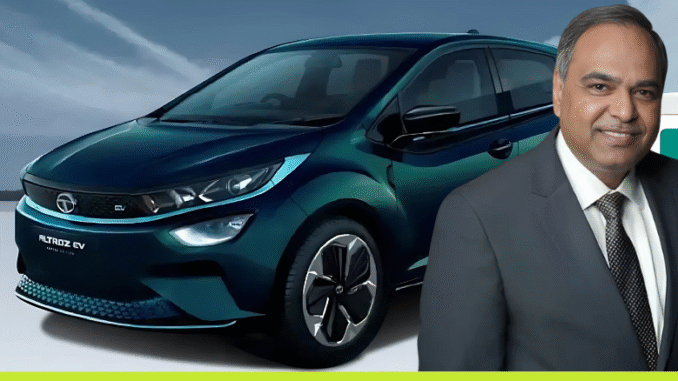
Altroz EV’s Long Road to Market
The Tata Altroz EV has been one of the most anticipated electric hatchbacks since its debut as a concept at the 2019 Geneva Motor Show. Despite strong interest and multiple showcases, the production launch has faced repeated delays. The latest setback is rooted in technical challenges related to battery packaging, highlighting the complexities of electrifying premium hatchbacks for Indian conditions.
The Core Challenge: Battery Packaging and Ground Clearance
Why the Delay?
- Tata Motors aimed to fit the EV’s battery pack beneath the Altroz’s floor to maximize cabin and boot space.
- However, this resulted in a reduction of ground clearance by about 20mm, bringing it down to just 145mm—a figure considered too low for Indian roads, which are notorious for speed breakers and potholes.
- Raising the car’s height to compensate was dismissed, as it would compromise the Altroz’s signature hatchback proportions and visual appeal.
Engineering Dilemmas
- Thinner battery packs were considered but would have led to a significant drop in range and practicality.
- Pushing the battery higher into the cabin would have intruded into passenger and cargo space, making the rear seats uncomfortable and reducing the car’s family-friendly appeal.
Tata’s Response: No Compromise on Design or Practicality
Tata’s design and engineering teams refused to compromise on the Altroz’s core strengths:
- Premium hatchback stance: Raising the ride height would make it look like a crossover, diluting its identity.
- Passenger comfort: Sacrificing cabin space for battery packaging was not an option.
- Range expectations: Opting for a smaller battery would make the Altroz EV less competitive compared to rivals and even Tata’s own Tiago EV.
What Was Planned: Expected Specs and Platform
- The Altroz EV was expected to share its Acti.EV architecture and battery options with the Tata Punch EV, offering 25kWh and 35kWh battery packs and ARAI-rated ranges up to 365km.
- Power outputs were likely to mirror the Punch EV’s 82hp to 122hp range.
- Pricing was anticipated to overlap with the Punch EV, but each model was targeted at different customer segments6.
The Broader Impact: Lessons for Electric Hatchbacks
Why Hatchbacks Are Harder to Electrify
- Lower ground clearance and compact proportions make battery placement difficult without major trade-offs.
- SUVs, with their naturally higher ride heights, are more accommodating for underfloor battery packs, explaining why Tata’s EV portfolio has prioritized SUVs like the Nexon, Harrier, and Sierra.
The Tata Altroz EV’s journey underscores the technical and market complexities of bringing premium electric hatchbacks to India. While Tata Motors has not ruled out a future launch, the current delay is a reminder that not all platforms are equally suited for electrification—especially when customer expectations for comfort, range, and practicality remain high.



